Six decades after its birth, Bengal’s mini-Tibet shines bright
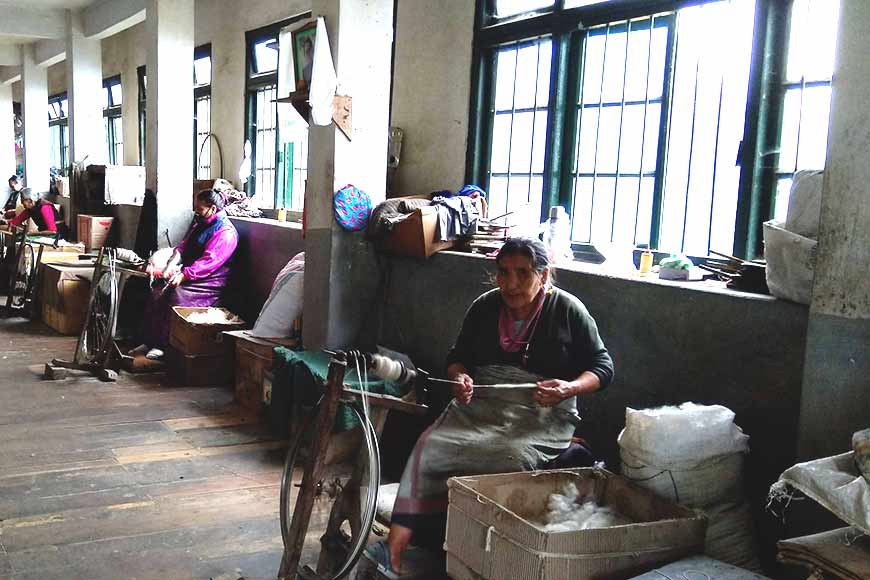
For anyone who has been to Darjeeling, the Tibetan Refugee Self-Help Centre (TRSHC) is usually on the list of must visits, though many of us may refer to it simply as the 'Tibetan Carpet Centre'. However, that it is considerably more than that is evident to even a casual visitor.
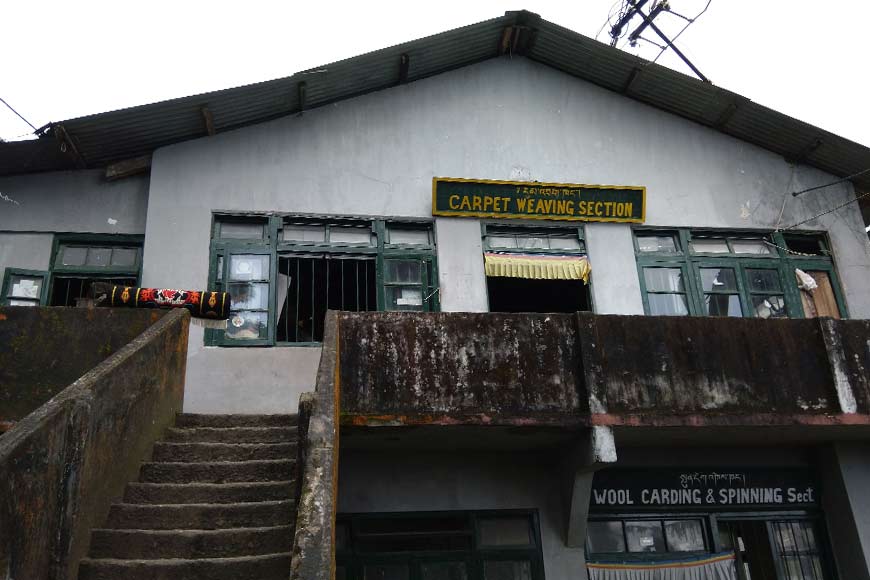
Set up in 1959 by a 10-member committee of pioneers, the centre was intended as a shelter for Tibetans fleeing Chinese brutality in Tibet, particularly after the famed Lhasa Uprising that year. While the Tibetan government in exile was set up in Dharamshala under the leadership of the Dalai Lama, several refugees settled in and around Darjeeling, too.
TRSHC has helped them integrate into their environment in no small measure in the long term, becoming a sort of mini-Tibet in the way it has kept not merely the country's handicrafts, but its culture, language, and traditions alive. As the centre's manager Dorjee Tseten says, "What we had in Tibet has almost been destroyed by the Communists."
While the plight of the refugees drew international attention and help, they still had to establish themselves in an unfamiliar environment, culturally and linguistically completely different from their own. And the TRSHC has helped them integrate into their environment in no small measure in the long term, becoming a sort of mini-Tibet in the way it has kept not merely the country's handicrafts, but its culture, language, and traditions alive. As the centre's manager Dorjee Tseten says, "What we had in Tibet has almost been destroyed by the Communists."
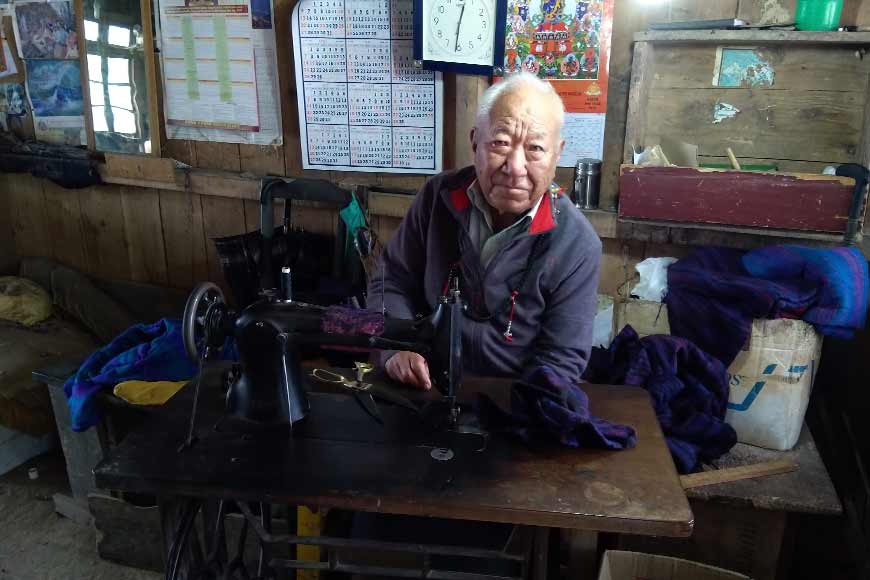
Today, the centre makes and sells traditional Tibetan items such as carpets, thankas, wood carvings, metalwork, as well as Tibetan woollen and leather apparel and accessories. While many of the items are available from a showroom located within the centre's premises, they are also exported to nearly 40 countries, among them USA, Australia, and several European nations, says Tseten.
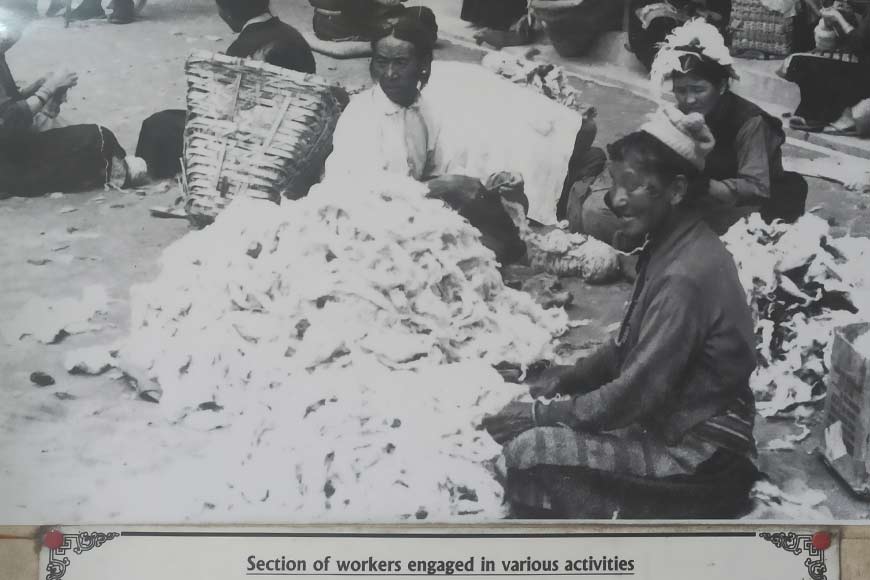
Even today, design samples come from Tibet, based on which the centre's craftspeople create their beautiful and intricate products. The weaving centre is on the first floor, and below that is the spinning unit. A normal eight-hour working day at the centre is fairly hectic, with wool being washed, sorted, dried, cut, spun, and yarn tied and rolled into balls.
Both chemical and natural dyes are used in the making of carpets and other items, and here, Tseten points out an interesting statistic. "Most tourists to Darjeeling go for the chemically treated carpets, but most foreign buyers ask for vegetable dyes. These are not as bright as chemical dyes, but they will last longer and will not run, and they are also better for the health and the environment," he says.
Also read : Inclusiveness reflected in Festivals of Bengal
As of now, there about 200 people living within the community at the centre, while the total population of Tibetans in Darjeeling numbers approximately 3,000. The oldest artisans at TRSHC are 65-70 years old, while those over 75 are usually encouraged to do lighter work. "We don't sideline people when they grow older, because that is a mental setback," says Tseten. "We give them work like wool sorting and yarn balling. That way, they remain active, but don't work too hard."
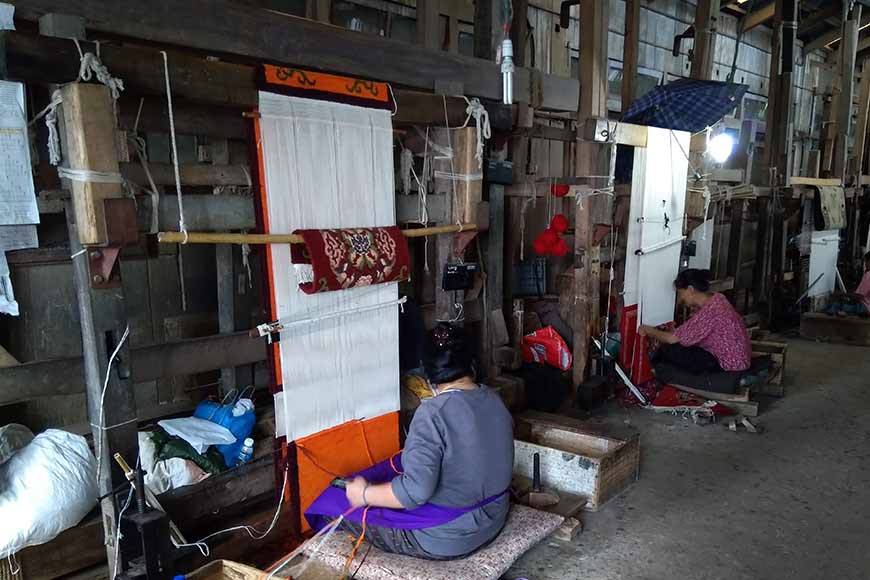
The average monthly production at the centre totals about 26 sq ft of carpets, and 8-10 kg of yarn. "All our products are handmade, and hand-knitted carpets take a long time to make," says Tseten. "On an average, an artisan will produce about 6-7 inches of carpets per day."
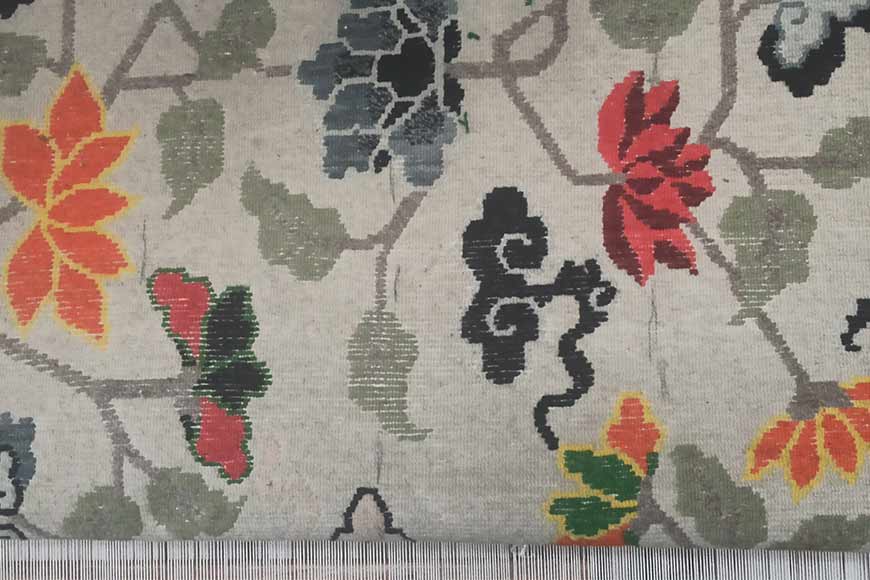
Handicrafts remain the centre's only source of income, and the profits are used to provide free food, boarding, healthcare, and education to the community. The state government has granted concessions on electricity and water, while an applicaton to repair the only road leading to the centre is pending. The centre returns the favour in the form of taxes to the government.
Given the situation, the dream of self-help with which the centre began would seem to have been realised. Six decades from its inception, TRSHC has kept the flame of Tibetan culture and history alive and burning steadfastly.











